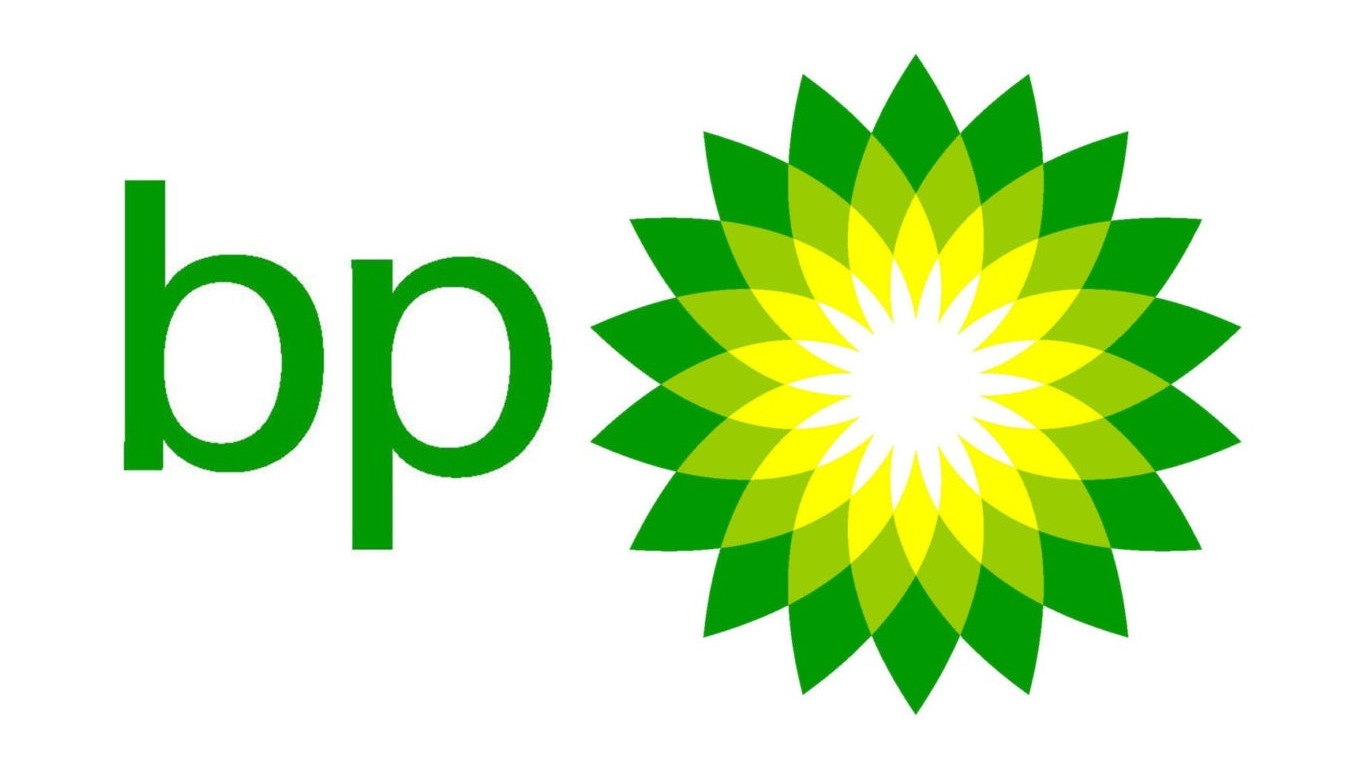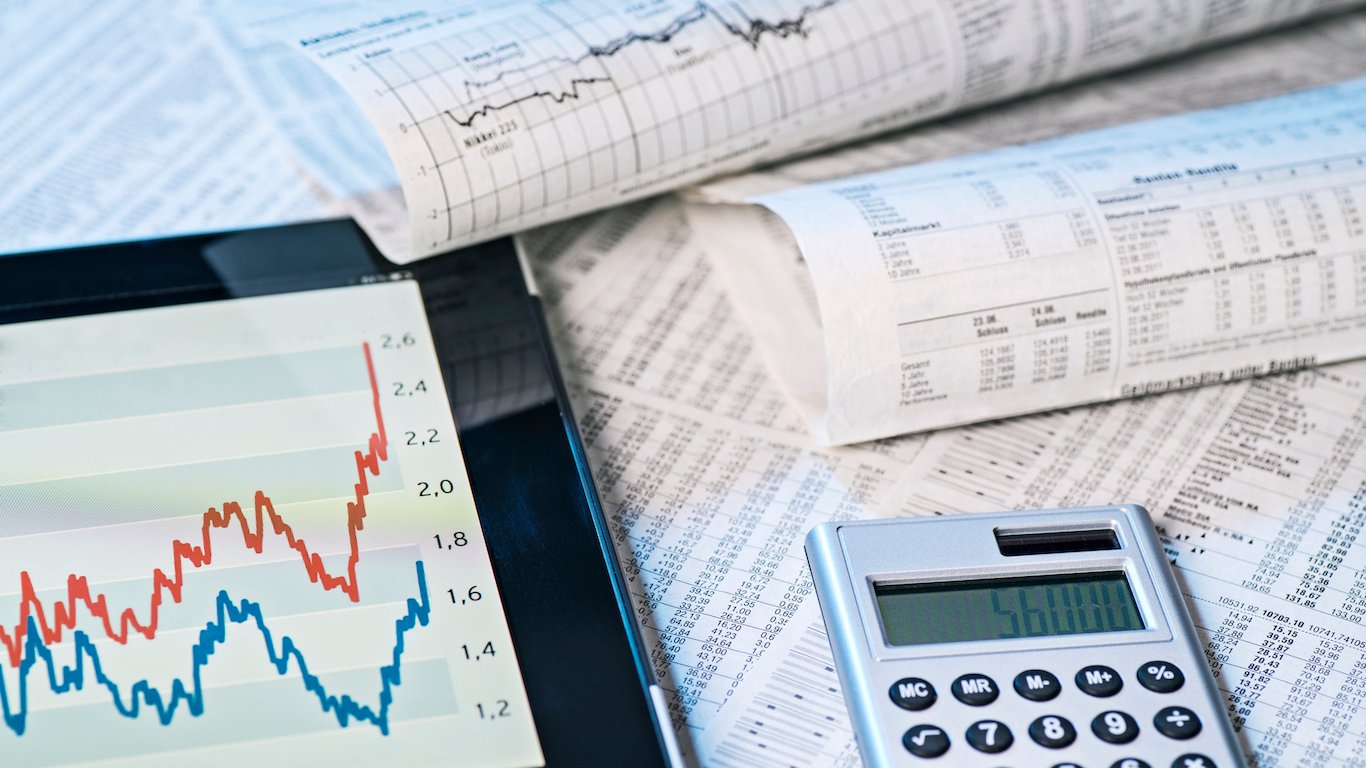

BP PLC (NYSE: BP) is almost nine years past the Macondo Prospect and Deepwater Horizon spill in the Gulf of Mexico. Now BP is back into an expanded role in the Gulf, and the international oil giant has confirmed that its next-generation technology in seismic imaging just added another 1 billion barrels of oil in place for the company to drill at its existing Thunder Horse field in the Gulf.
With two new offshore discoveries and a large investment to expand its Atlantis field, BP’s presence in the region is about to get even larger. BP also noted that new discoveries near Na Kika platform provide additional development opportunities and that the company’s net oil-equivalent Gulf production is expected to rise to about 400,000 barrels per day in the next decade.
According to BP’s release, the $1.3 billion Atlantis Phase 3 development is the latest example of its own strategy to grow advantaged oil production through existing production facilities in the Gulf. That technology improvement was said to add another 400 million barrels of oil in its Atlantis field.
The Atlantis Phase 3 is located about 150 miles south of New Orleans and is projected to start producing in 2020. It was shown to include the construction of a new subsea production system from eight new wells that will be tied into the existing platform. The project is expected to boost production at the platform by an estimated 38,000 barrels of oil equivalent a day (boe/d) gross at its peak.
BP’s other two oil discoveries in the Gulf of Mexico were at the Manuel and Nearly Headless Nick prospects. BP’s 50% working interest partner in the Manuel discovery is Shell. Its partners in the Nearly Headless Nick discovery include LLOG, Kosmos Energy Ltd and Ridgewood Energy, with BP holding a 20.25% working interest.
Bernard Looney, BP’s Upstream chief executive, said of the discovery and expansion:
BP’s Gulf of Mexico business is key to our strategy of growing production of advantaged high-margin oil. We are building on our world-class position, upgrading the resources at our fields through technology, productivity and exploration success… And these fields are still young – only 12% of the hydrocarbons in place across our Gulf portfolio have been produced so far. We can see many opportunities for further development, offering the potential to continue to create significant value through the middle of the next decade and beyond.
As far as what another billion, or 1.4 billion, barrels does for BP’s reserves, the 2017 BP annual report claimed to have 18.441 billion barrels of oil equivalent as its proved hydrocarbon reserves. With so many changes coming to BPs portfolio it is going to be difficult to say exactly what this new find will mean for its total reserves until new updates are shown.
BP’s American depositary shares were last seen trading down 0.5% at $39.95, in a 52-week range of $36.15 to $47.83.
Thank you for reading! Have some feedback for us?
Contact the 24/7 Wall St. editorial team.
 24/7 Wall St.
24/7 Wall St.

